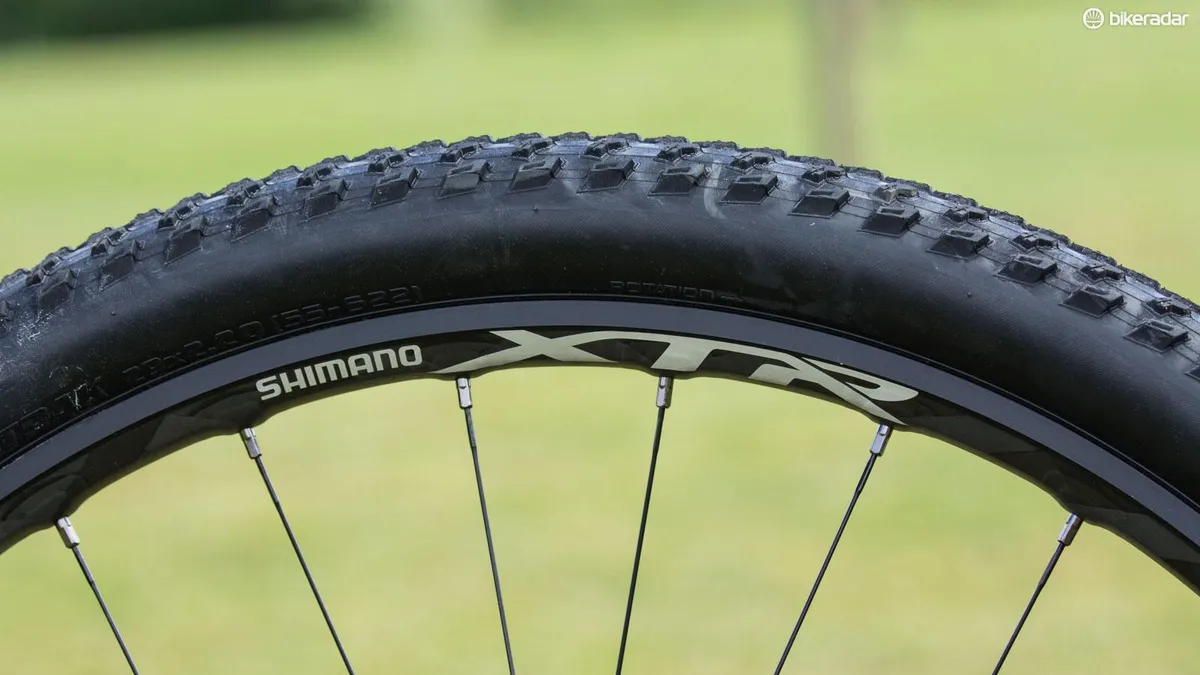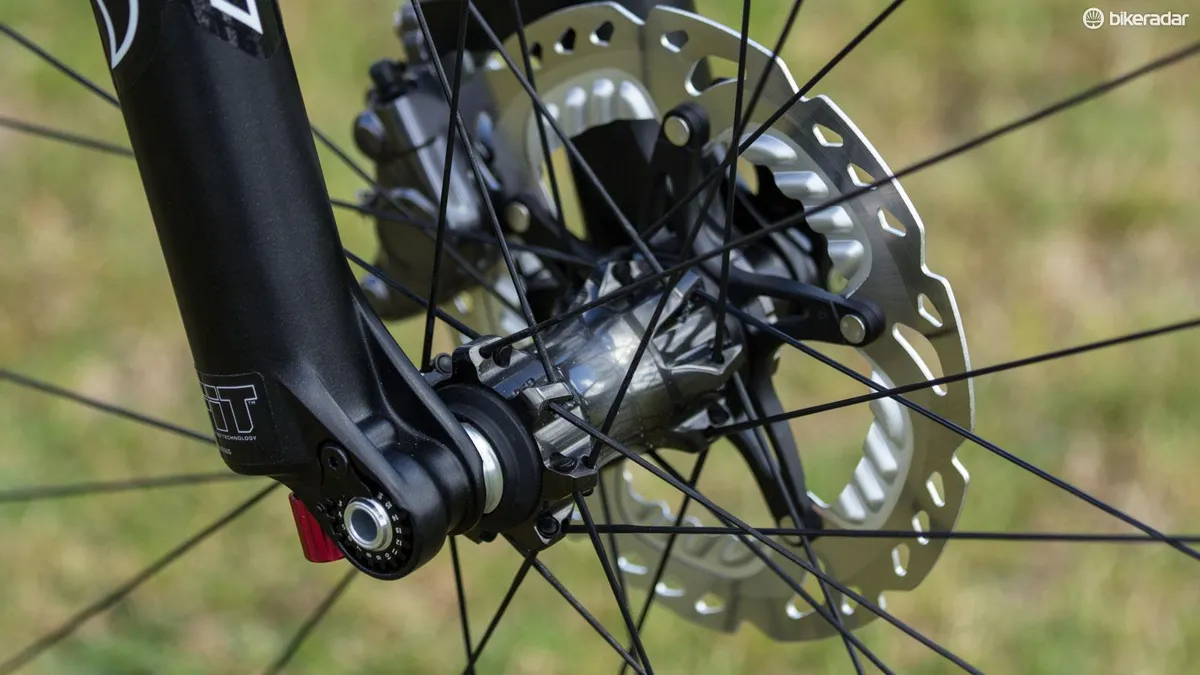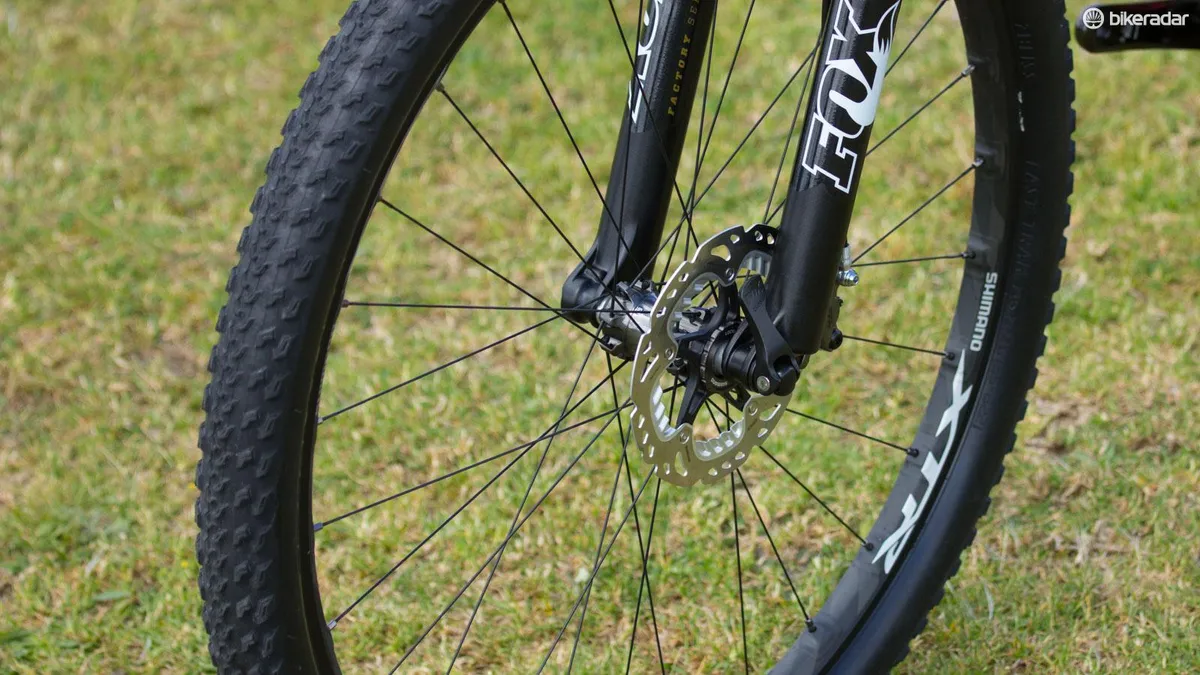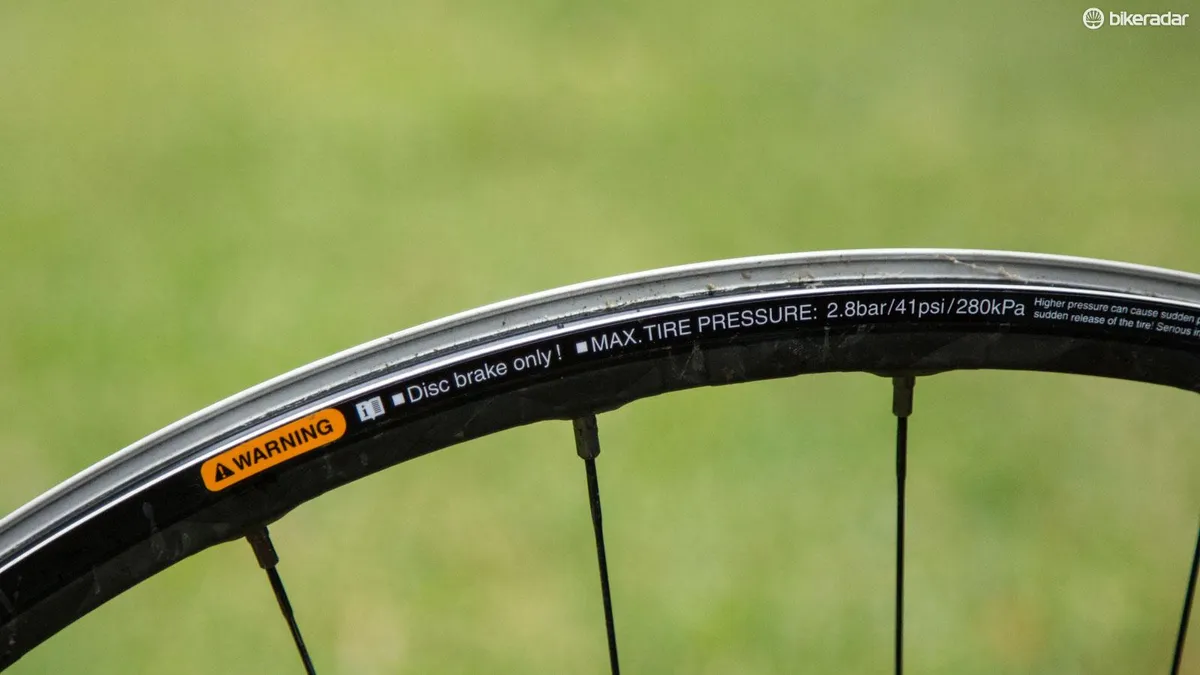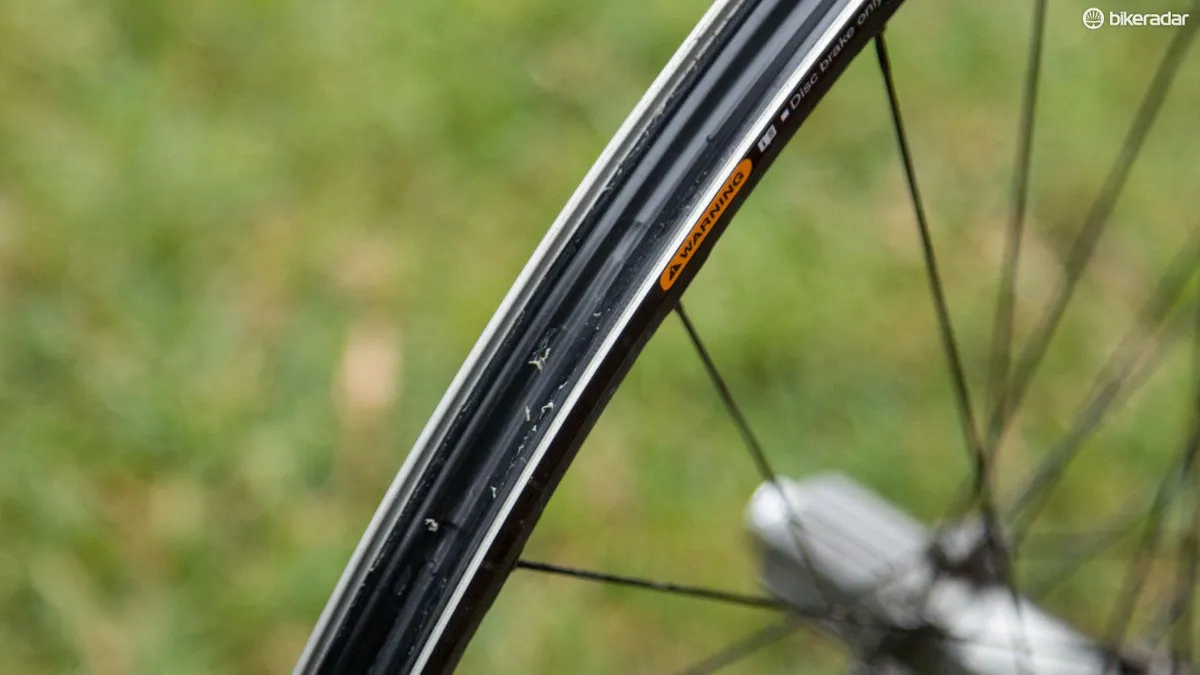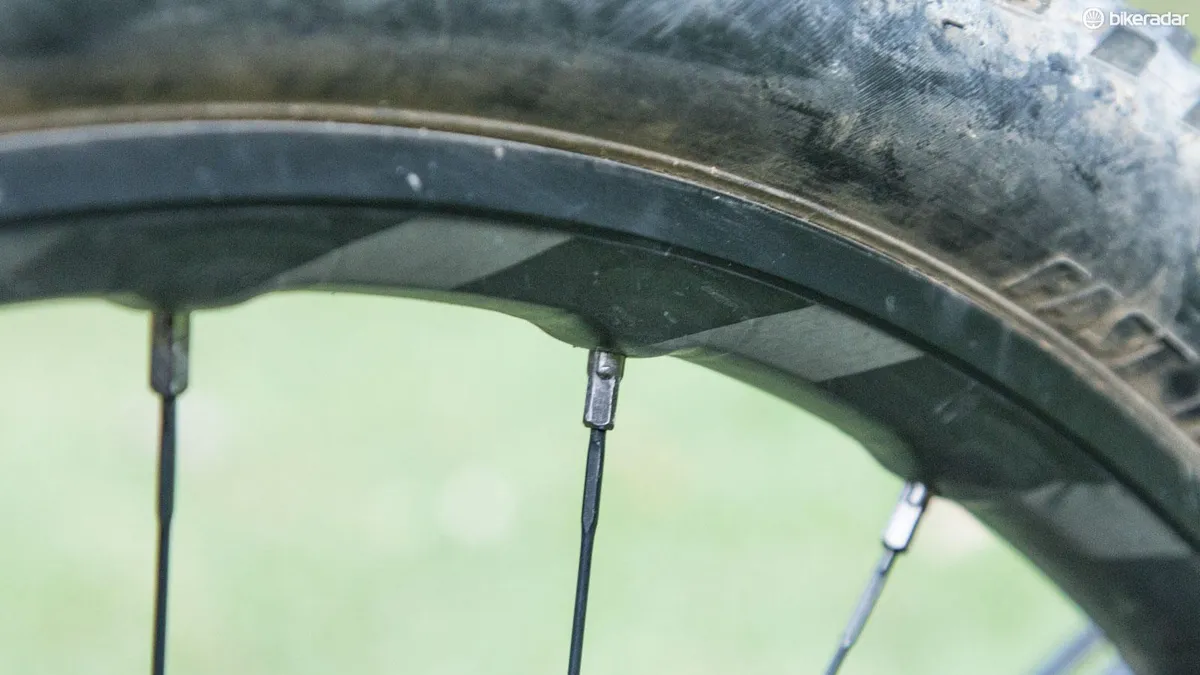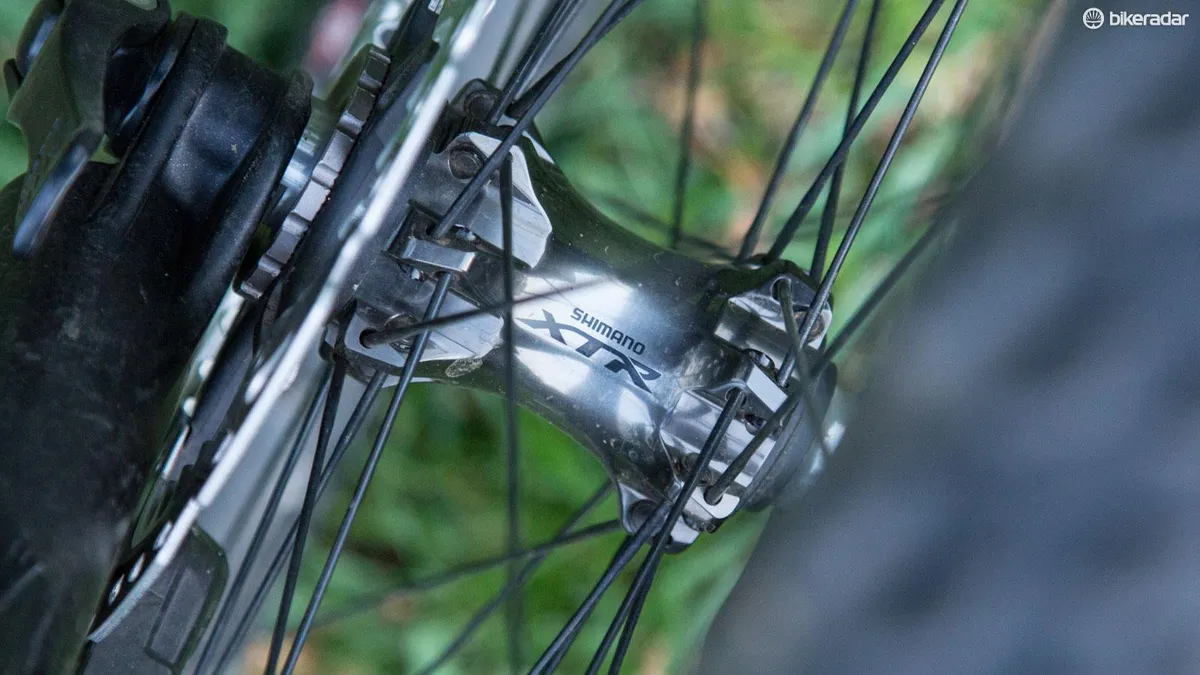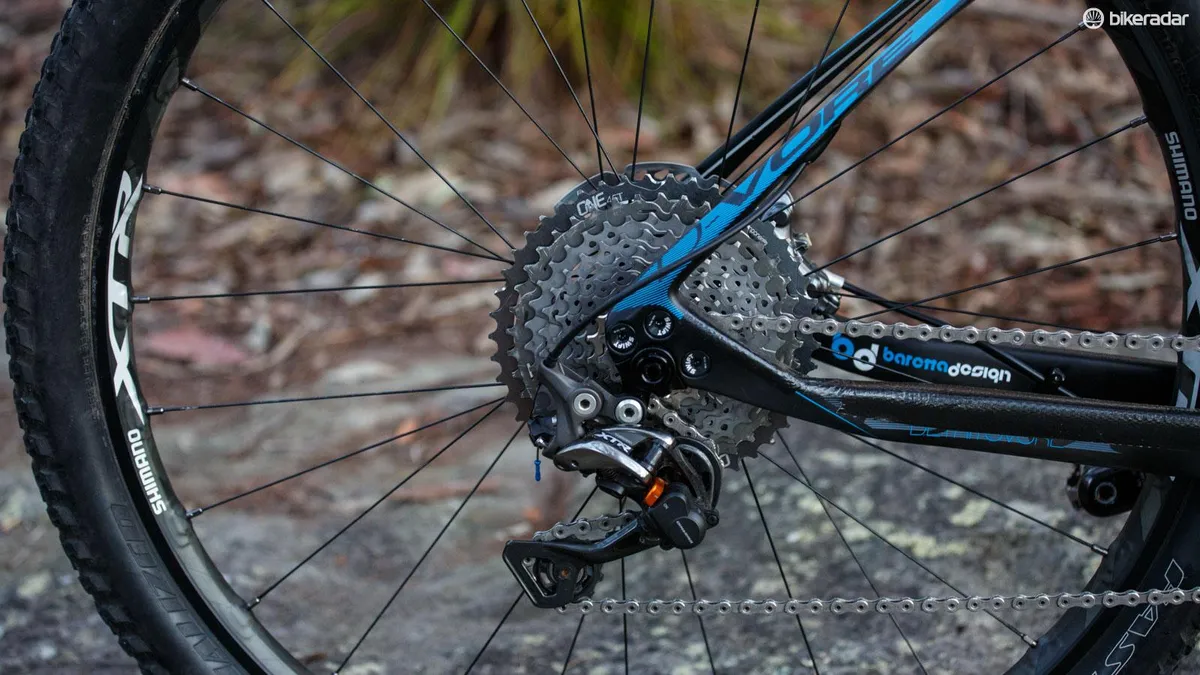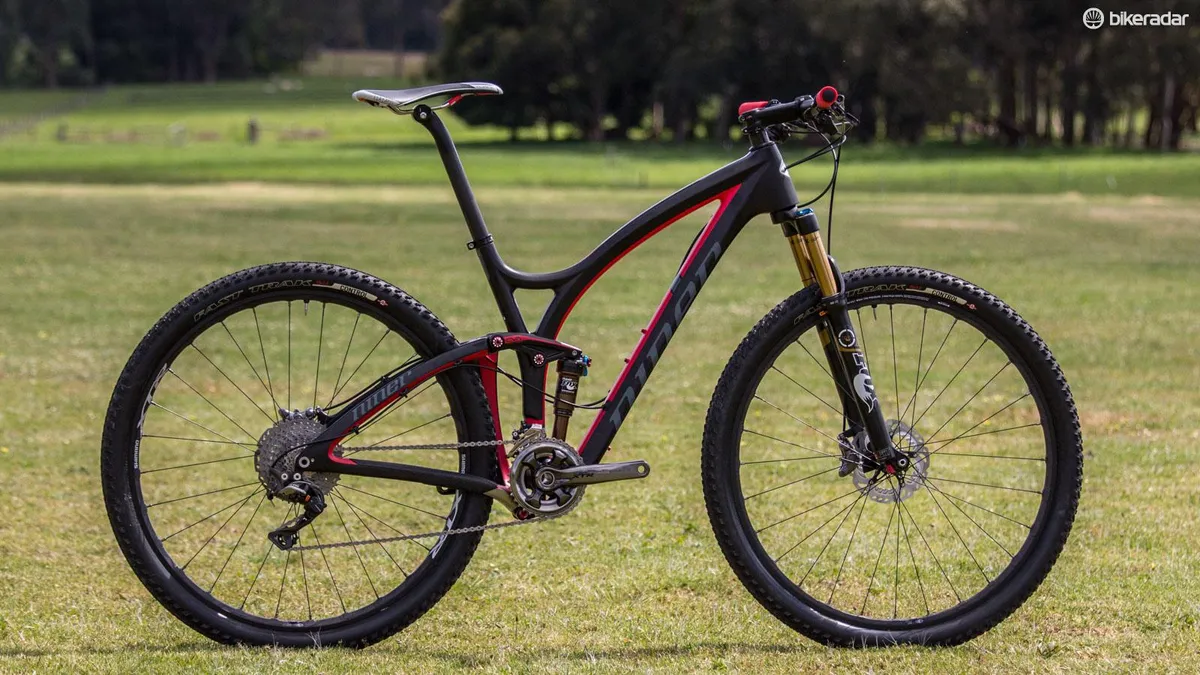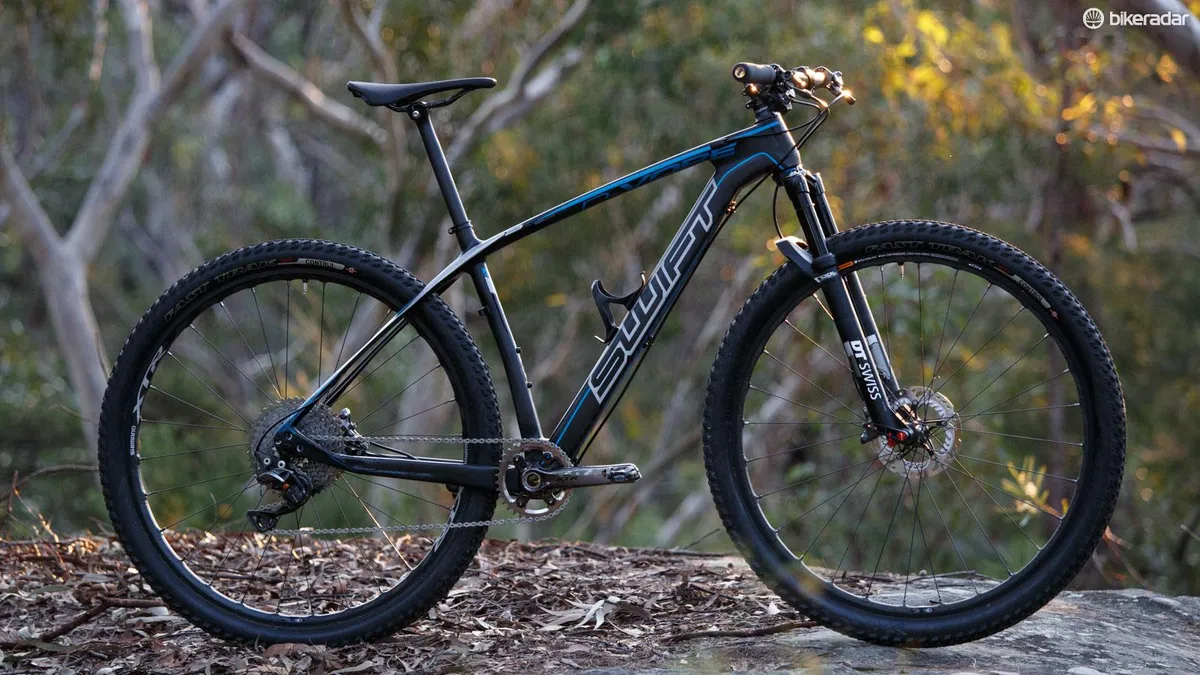Released at the same time as Shimano’s XTR 11-speed mechanical and Di2 drivetrains, the M9000 Race wheels are built for the performance-seeking racer. With Shimano’s latest drivetrain and brakes not requiring any new wheel standards, the M9000 wheels aren’t perhaps likely to be a priority purchase – but just how good are they?
We’ve been testing the same pair of M9000 wheels since their launch last year. In this time, we’ve moved them from a Niner Jet 9 RDO to a Swift Detritovore hardtail and continue to push them on Sydney’s rocky sandstone-based cross-country trails.
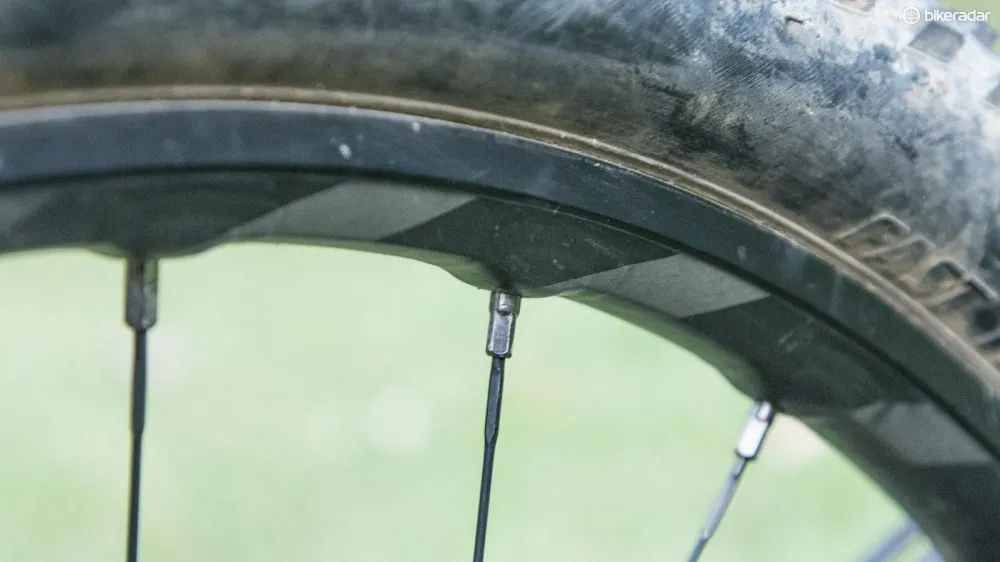
A hybrid construction seeks to stiffen up the alloy rim with minimal extra weight
Borrowing from Shimano’s C24 and C35 road wheels, the XTR rim is a carbon-laminate hybrid, which provides the alloy construction with a structural carbon overlay. It’s a design that makes a lot of sense on the road when dealing with a rim brake surface and high pressures, but offers fewer obvious advantages off-road.
That said, the rims have proven to be suitably durable for the task, and direct rock strikes at low tyre pressures have resulted in nothing more than superficial scratches – no dents or dings to be found.
At 20mm internal width, the M9000s offer a rim width 4mm narrower than the slightly heavier M9020 Trail wheelset. The width and associated tyre volume feels narrow compared with the latest crop of premium ultra-wide wheels hitting the market – even those specifically suited to 2.2in or narrower treads.
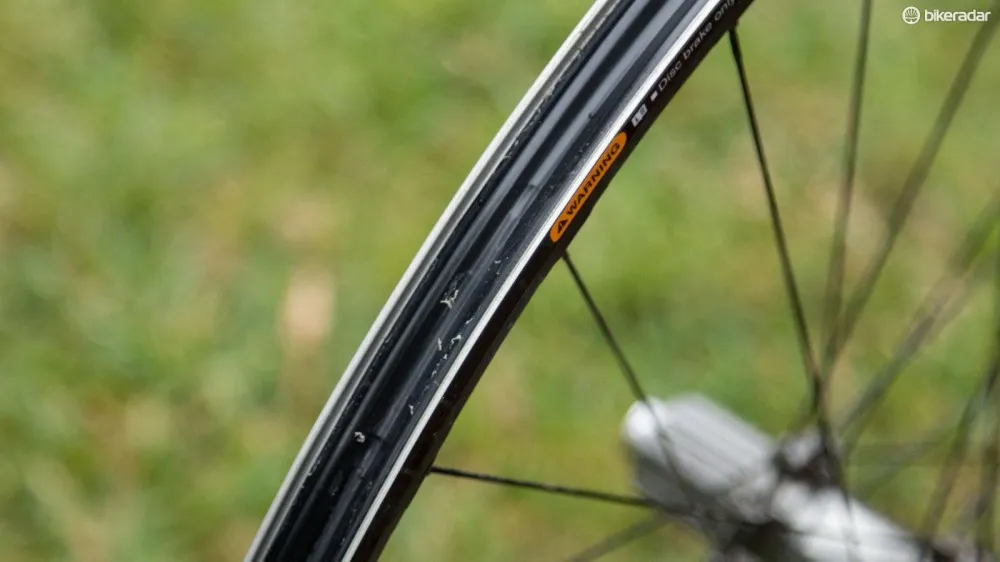
The rim shape encourages tyres to snap into place
Setting up the rims tubeless with a pair of Specialized Fast Track 2Bliss tyres proved to be easy and clean. Shimano seals the UST-bead rim with a tubeless tape and provides the needed valves too. However, the 41psi maximum pressure is certainly worth pointing out.
From the get go, the Shimano tubeless valves proved to be problematic by not sealing sufficiently. We quickly replaced these with stems from Stan’s NoTubes and the pressure drops disappeared.
Tried and true
The ride of these wheels is a highlight and helps to offset the weight negatives. They hold their line well, with little deflection felt at the rim. Despite the lack of tyre volume, the ride is also rather compliant, without obvious harsh buzz or jarring hits transferring to the frame.
With 28 straight-pull steel spokes per wheel, these wheels are strung up tight (160 Kilogram-force to be exact) further proving the rim is extremely strong. The M9000s started out perfectly true and evenly tensioned, and 12 months later still haven’t seen a spoke key – although a slight waver in the rear wheel shows it’s now due. Either way, the build quality is well deserving of the XTR badge.
Something we’re less keen on is the general locked-in nature of Shimano’s hub system. Where nearly every other brand allows for interchangeable axles and freehub bodies, Shimano doesn’t, and instead enforces ‘standards’ that it expects to be most common. Given just how much ‘innovation’ exists within the cycle industry, there’s a good chance that these wheels won’t fit the bike you buy next.
Smooth rollers
Rolling on Shimano’s tried and true cup and cone ‘loose-bearing’ design, the angular-contact XTR hubs are some of the smoothest rolling available. This easy spinning is something felt on the trail, with the wheels holding speed where many tighter sealed-bearing designs don’t.
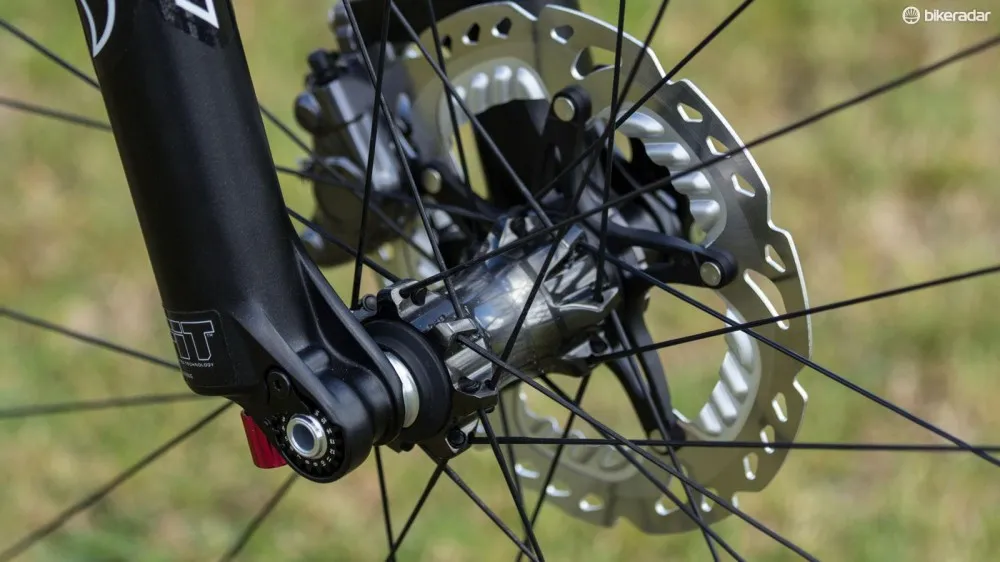
The hubs are both a high point and a major low
Improved hub sealing has proven to keep the dirt out and the wheel spinning freely. So much so, that we’re yet to service or even adjust the hubs from brand new.
Made of titanium, the freehub body is a standard 8/9/10 affair. This is due to Shimano’s new XTR and XT 11-speed cassettes using a standard body and placing the 11th cog over the spokes. Not too surprisingly, Shimano doesn’t offer SRAM XD-Drive compatibility; meaning SRAM 1x users should absolutely look elsewhere (anywhere but Shimano).
In an improvement over the Shimano of old, the rear hub offers 36 points of engagement, or 10 degrees between clicks. It’s a number that’s adequately comparable to some big brand hubs, but is half that of a Chris King or similar.
The hubs use Shimano’s Centerlock disc rotor mount design, which can also be easily adapted to work with six-bolt rotors.
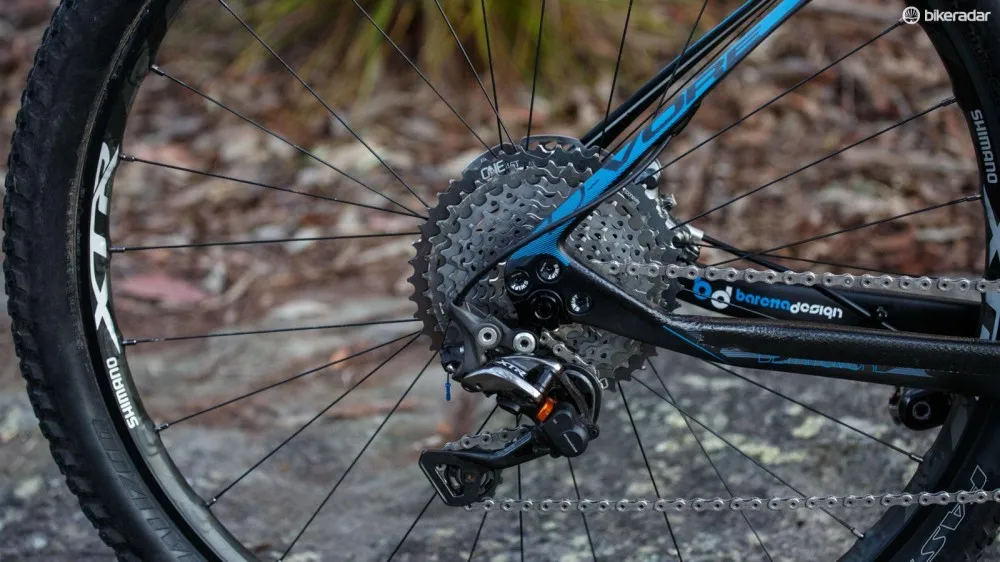
Subtle aesthetics blend in nicely
Aesthetics are always a subjective matter, but Shimano has done well to keep the XTR wheels neutral and understated. The pewter hubs will match other XTR components, while the carbon-look at the rim is only visible up close.
We weighed our 29er sample set at 1650g, a number that’s higher than similar priced full-alloy, or more expensive full-carbon wheels from many (but not all) competitors.
Compared with the competition, much of the weight sits at the Shimano hubs which are traditionally quite porky. The updated hub design only dropped a claimed 33g for the pair. This is a saving detail, and means the rim isn’t as heavy as one would believe, helping to explain how the wheels feel faster than the scales suggest.
Note: The M9000 wheels are available in either 27.5in or as tested, 29in. While the hubs are not convertible, Shimano does offer the front wheel in either a 9mm QR or 15mm thru-axle (tested), with the rear available in either a 135 x 9mm QR or 142 x 12mm thru-axle (tested).
